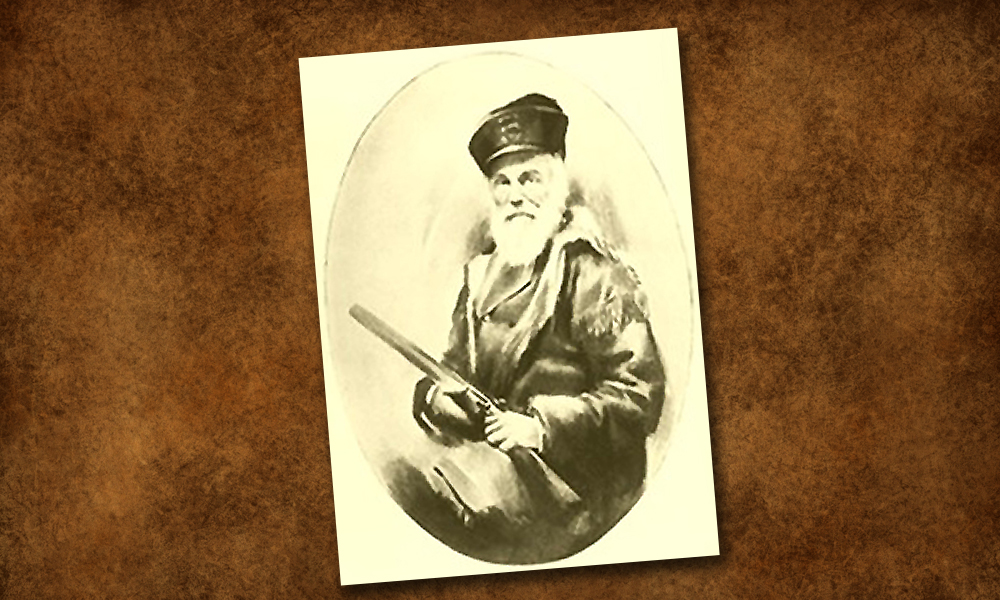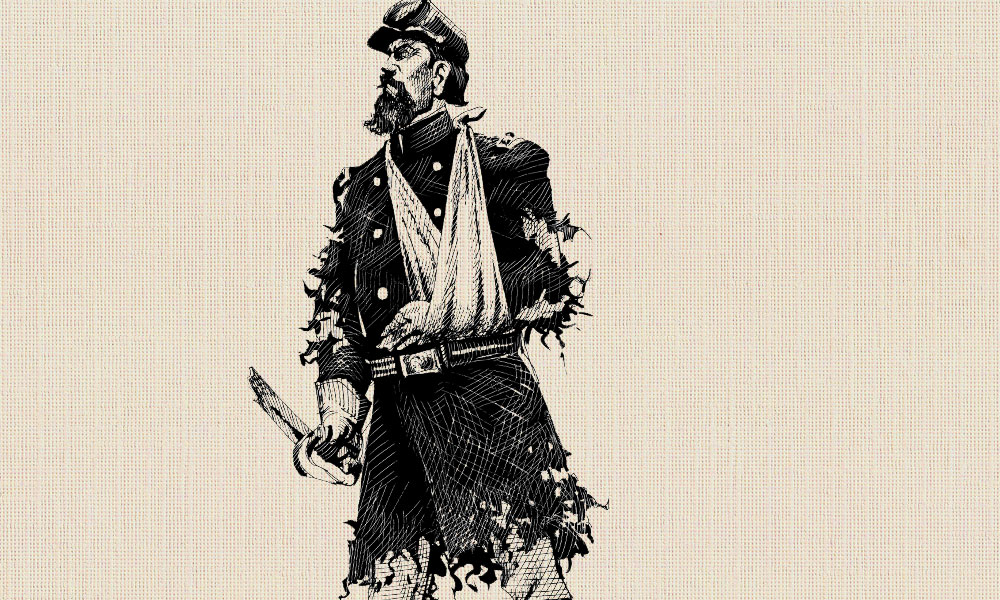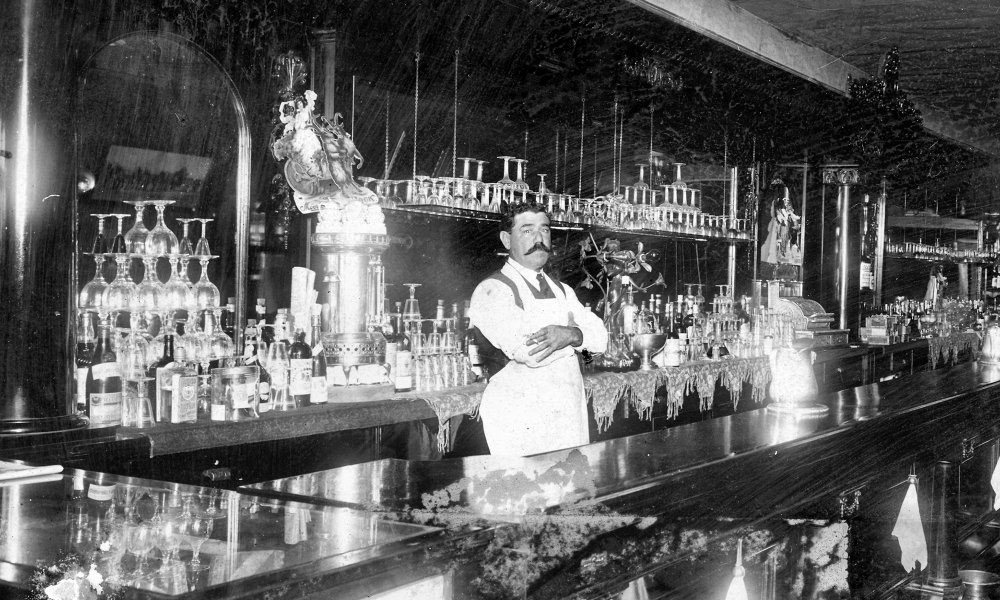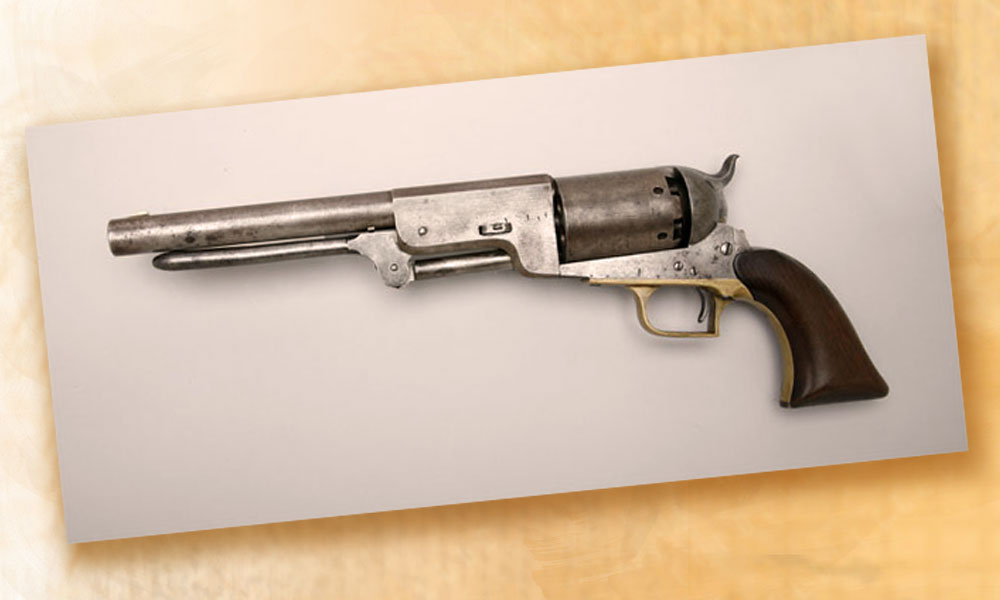 Joseph Rutherford Walker one of America’s greatest of the mountain men, scouts and trailblazers; right up there with Carson, Smith, Fitzpatrick and Bridger. He had the admiration of and respect of both white men and Indians and was comfortable in both cultures. He was married to a Shoshone woman and at home in Indian country for more than fifty years. He was a big man for that period; well over six feet tall and weighing 200 pounds. During the 1830s he was one of the nation’s foremost scouts and mountain men. The famous artist Alfred Jacob Miller used him as a model for some of his paintings on the American West.
Joseph Rutherford Walker one of America’s greatest of the mountain men, scouts and trailblazers; right up there with Carson, Smith, Fitzpatrick and Bridger. He had the admiration of and respect of both white men and Indians and was comfortable in both cultures. He was married to a Shoshone woman and at home in Indian country for more than fifty years. He was a big man for that period; well over six feet tall and weighing 200 pounds. During the 1830s he was one of the nation’s foremost scouts and mountain men. The famous artist Alfred Jacob Miller used him as a model for some of his paintings on the American West.
In 1833 he led a winter expedition over the daunting Sierra Nevada range, becoming the first to accomplish that feat and the first Anglo American to gaze upon what would become Yosemite National Park.
The mark of a great leader, Indian or white was the ability to keep your men alive. Most remarkable, in all those years as a leader of brigades of trappers of trappers and emigrants he lost only one man. One time an old mountain man was asked by a traveler who was trying to catch up with one of Walker’s expeditions asked, “Which trail did he follow?”
The old man replied, “He don’t follow trails, he makes ’em.”
Walker was born in Roan County, Tennessee December 13th, 1798. He was Scots-Irish, that intrepid breed of adventurers who played such an important role in the winning of American Independence and the exploration of the West.
In 1819 the family moved to Missouri. A year later he headed down the Santa Fe Trail to New Mexico. For the next few years he was one of the Taos Trappers who trapped the beaver streams of Arizona. For a time he returned to Missouri where he served two terms as sheriff of Jackson County.
Walker could never say in one place too long. In 1830, while in Fort Gibson, Oklahoma he made the acquaintance of Captain Benjamin Bonneville and accompanied his expedition in 1832 to explore the Green River country in Wyoming.
During the 1840s he was a scout along with Kit Carson, on two of John C. Fremont’s historic expeditions to California.
There are several chronological gaps in Walker’s life. Not much is known about his life as a Taos Trapper in the 1820s but it’s likely he trapped along the Gila River and its tributaries. Also little is known of his dealings with Captain Benjamin Bonneville.
Sometime around 1836 he married a beautiful young Shoshoni girl. They were together for at least a decade and produced several children but unfortunately her name and the names of their children are unknown. Walker, typical of many of his ilk was a man of few words.
The Shoshoni or Snake women were known for their beauty, personality and conduct. White men married them in far greater numbers than any other tribe. Her beauty is documented by the artist Alfred Jacob Miller. She was Walker’s constant companion on all his expeditions. They traveled to St. Louis to visit his family where she exhibited poise and made quite an impression on the people she met.
He spent the winter of 1837 trapping in the central mountains of Arizona along the Mogollon Rim and was among the first whites to visit that country. In 1862-1863, a quarter of a century later, Walker led his last expedition, this time a party of gold seekers returning to the rugged and remote mountains of central Arizona where they found placer gold in the stream beds at the headwaters of the Hassayampa River in the Bradshaw Mountains. One of those tributaries, Lynx Creek, would be the richest streambed in Arizona history.
The following year the town of Prescott was founded on the banks of Granite Creek and was named capital of the new Territory of Arizona. A nearby community was named Walker in his honor.
Walker returned to his California ranch in 1867 where he died a few years later, on October 27th, 1876.
There is an excellent biography on him. “Westering Man; The life of Joseph Walker” by Bil Gilbert.






